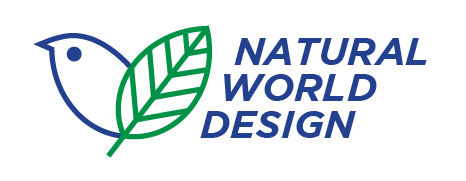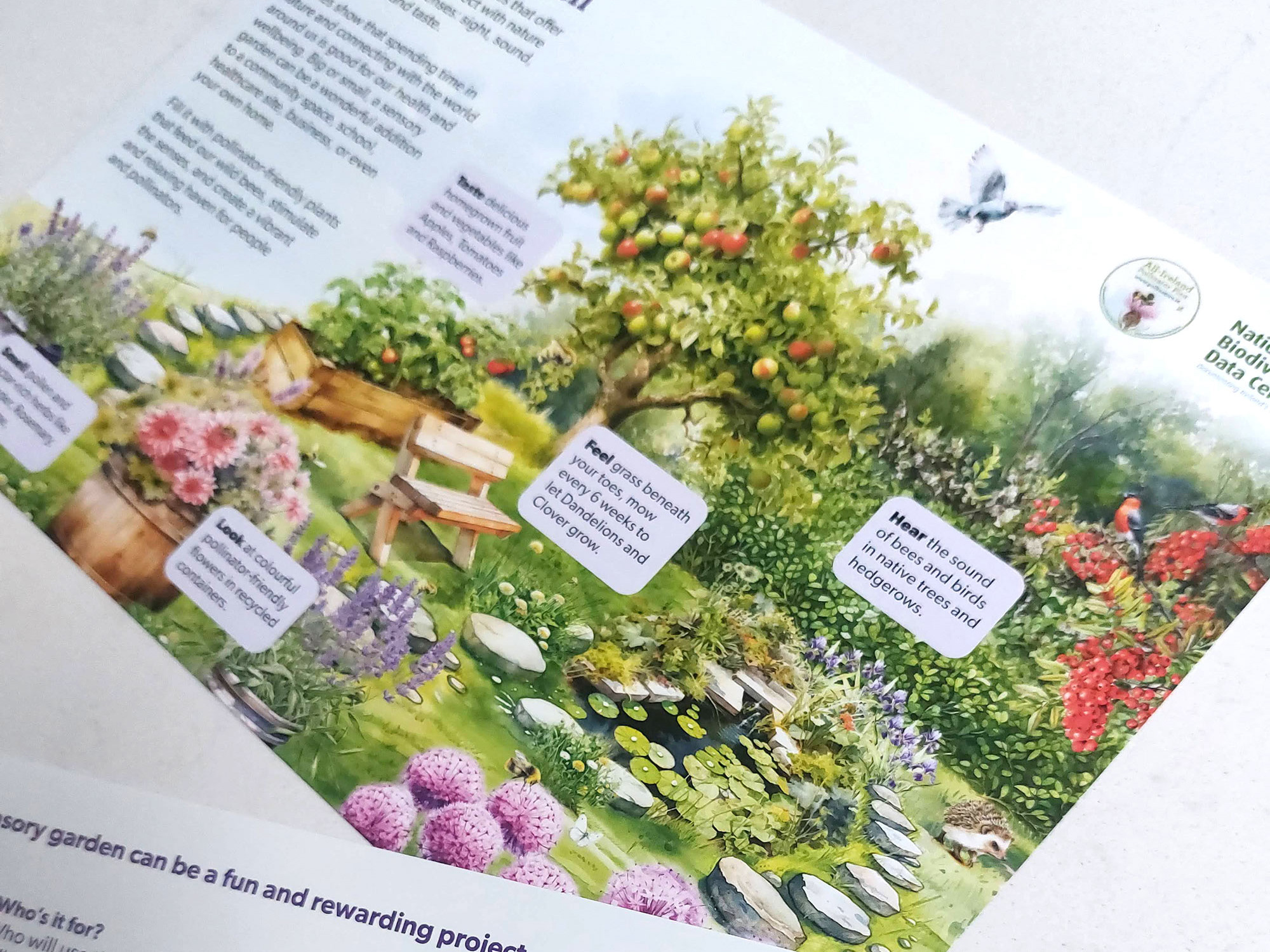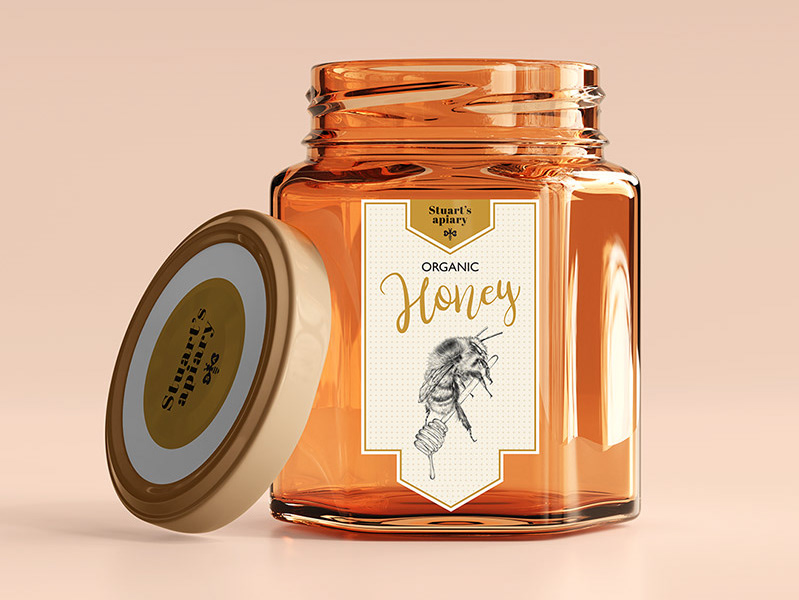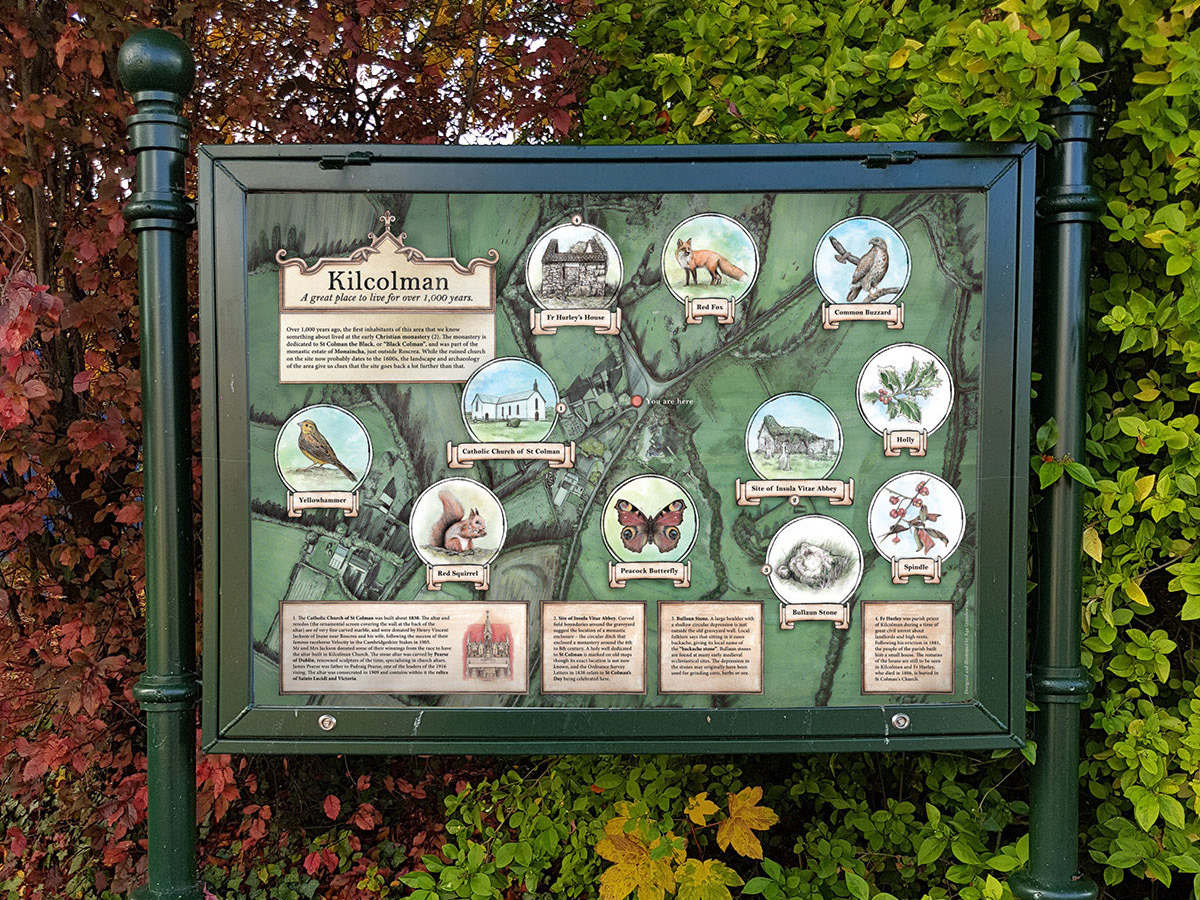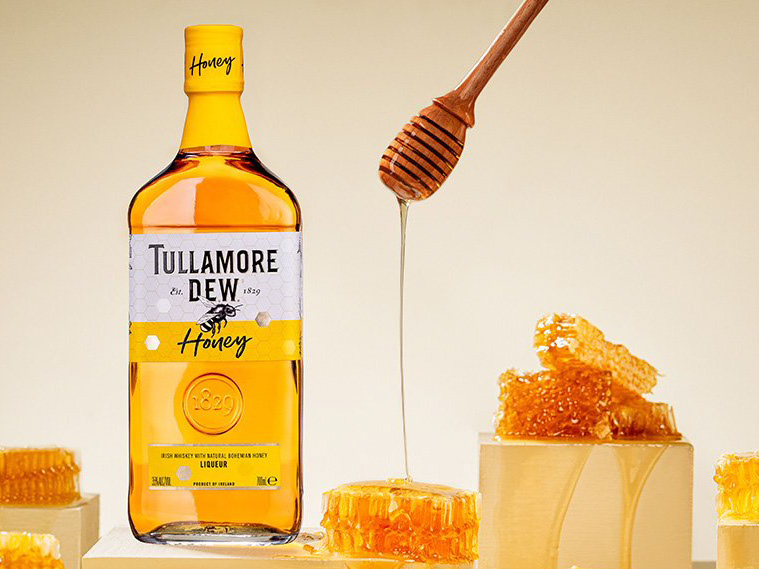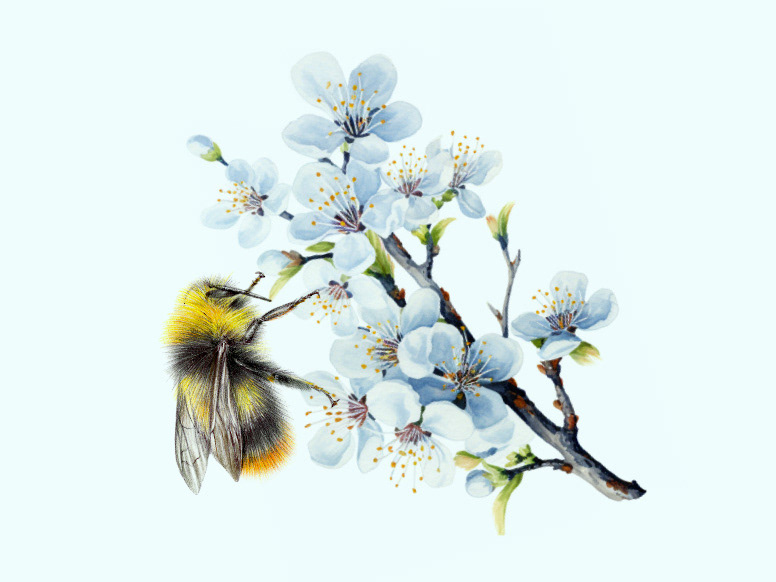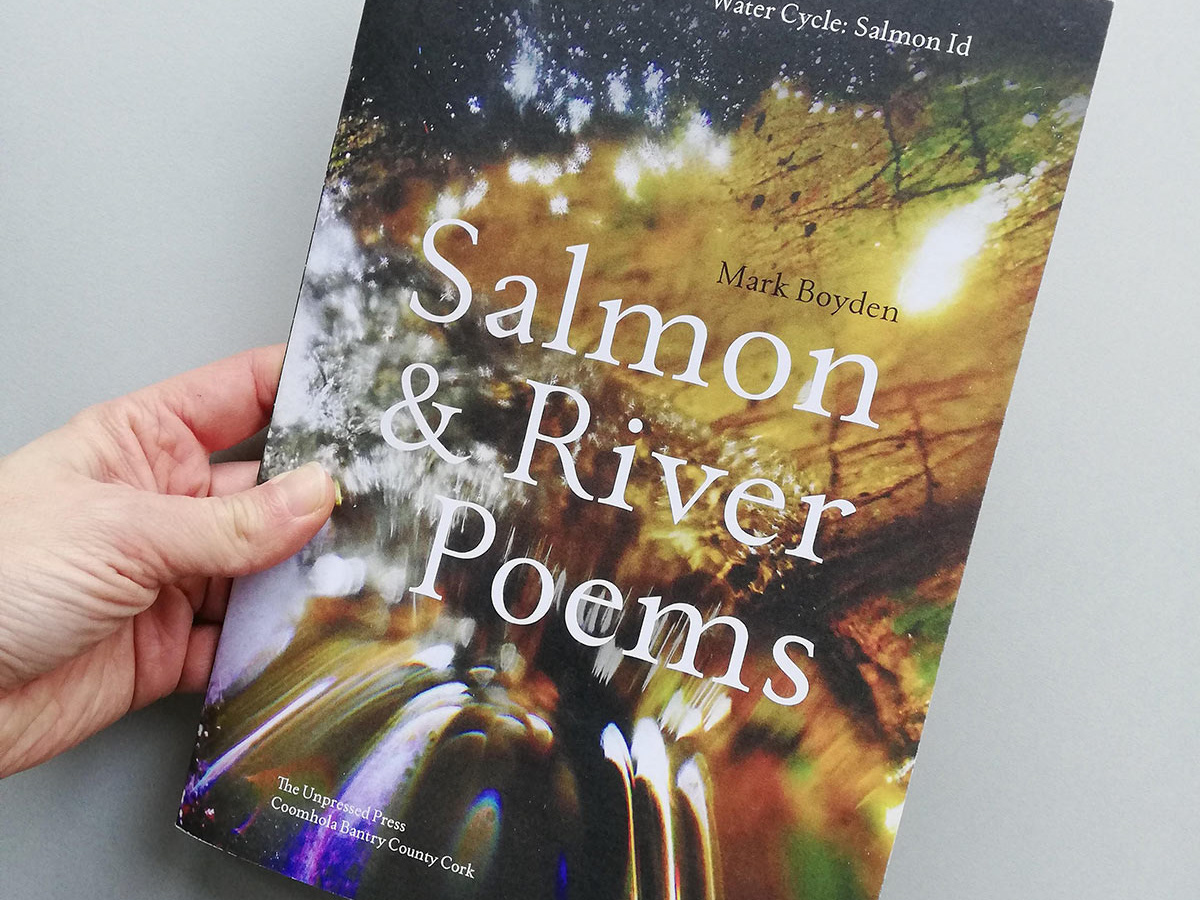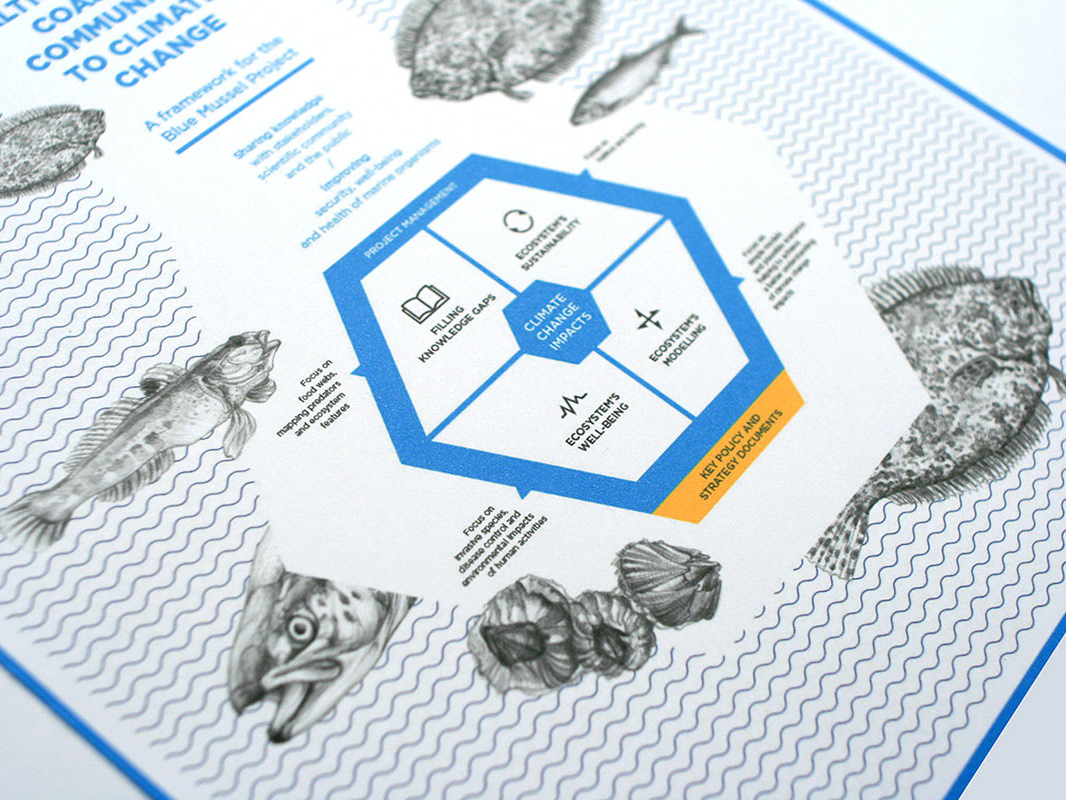This beautifully illustrated resource for Biodiversity Data Centre's All-Ireland Pollinator Plan explains ecological corridors and their role for pollinators.
Ecological corridors connect isolated habitats, helping insects, birds, and mammals move safely through the landscape. They can include hedgerows and roadside verges, watercourses, and greenways. They can also include built-up areas where rows of gardens and community spaces connect urban parks.
In all cases, ecological corridors – and the habitats they connect – must be managed to help biodiversity. This means taking the right actions, letting native plants grow, and avoiding pesticides.
Why are they important for pollinators?
On the island of Ireland, pollinators are in trouble due to a loss of food and shelter. It is vital that our landscape provides them with the resources they need – at regular intervals - to ensure their survival.
How can you create ecological corridors?
Farms, businesses, councils, and communities can all play a role in creating ecological corridors. The first step is to identify existing habitats and make a plan to connect them by managing the areas in between for biodiversity.
(Biodiversity Data Centre)
Making the final illustrations involved creating dozens of images as separate layers, and then combining them and rearranging depending on the text and its length. This strategy helped adapt the content to the client's feedback much faster than amending a one-layer image.
